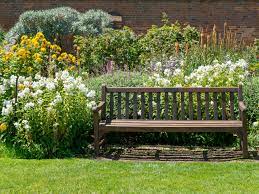By David Wall
Onions are a fun crop to grow, requiring some soil preparation, but very little maintenance. They tolerate most soils and transplanting extremely well. Onions have a history possibly exceeding 5,000 years, so they’ve been around awhile, and it’s hard to imagine many foods without them. I have no idea how many varieties there are but suffice it to say there’s a heap of them! What’s more, new varieties seemed to be in continual development.
Typical varieties include yellow, white and purple (red), but perhaps the most interesting species is the tree or walking onion. This onion develops bulbets where flowers would normally be located. The weight of the bulbs may cause the stem to bend over, allowing the bulbets to touch the ground where they take root and start a new plant, thus the name walking onion.
Planting onion seeds is, in my opinion, haphazard at best, and few of us plant onion bulbs, so look at transplants. There are numerous onion sets sold in this area, and all are good. For soil, Onions are heavy feeders, so good soil is preferred. For best results in poor soil, amend it with quality compost and add a little slow-release fertilizer. You can grow onions in your garden, flower bed, or most anywhere they can get plenty of sun.
Onions do better in raised beds, so simply mound up the soil about 4″ high in a row 18-20″ wide. Plant your seedlings about one inch deep. Some plant deeper, but the literature recommends one inch. Planting seedlings 4″ apart avoids having to thin them later. Outside of watering, little to no maintenance is required. Seedling bulb size is NOT an indication of the final bulb size. If you haven’t tried growing onions, do so.
Transplants should be available in early January.

